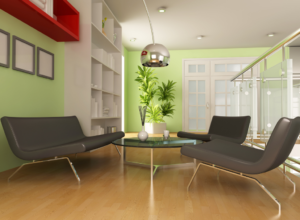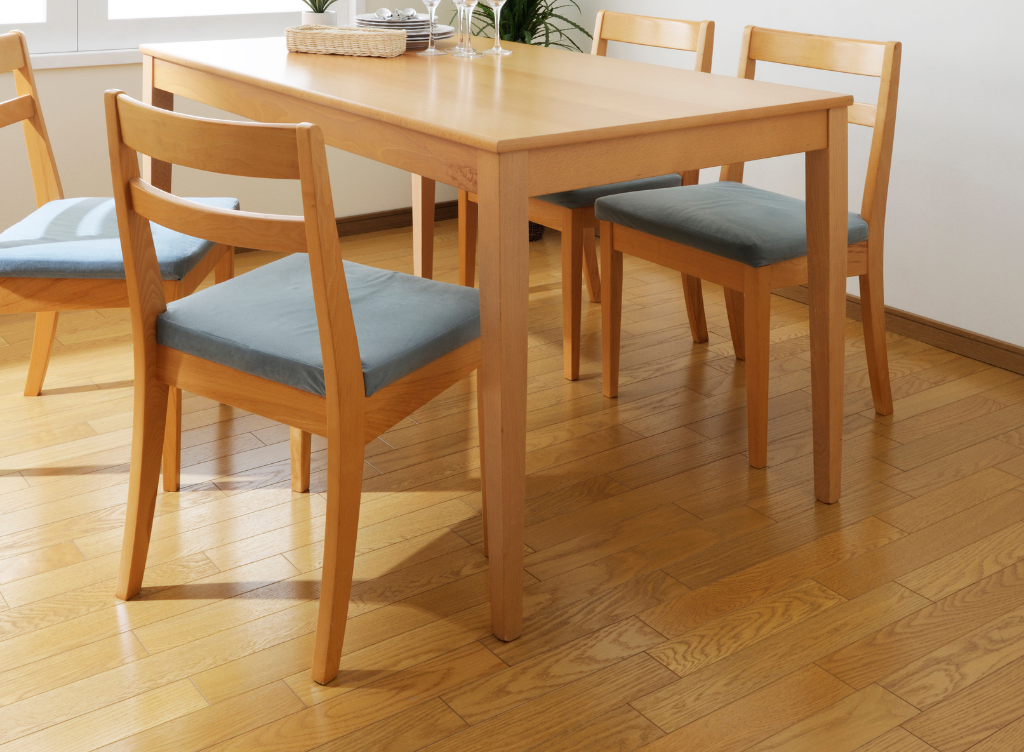

02 Feb Protecting Floors From Furniture Legs
Many of us have experienced leaving a mark on the floor after recklessly sliding chairs along a wood floor. This can happen when we move from one house to another or simply from our daily habits. Furniture legs may seem to be negligible threats to the floor, but can consistently leave scratches over months and years that ultimately damage the surfaces of the flooring. This article will dive into strategies of floor protection from all furniture that will keep the timber in every room of the house scratch-free and full of beauty.
Types of Wood Floors
Before we dive into management strategies, let’s take a look at how the different types of floor choices will respond to a furniture leg. Because synthetic floorboards like hybrid and laminate are generally more resistant to scratches, we will look at the vulnerabilities of real wood floors.
Hardwood Floors
Hardwood floors are essentially solid pieces of timber that make up the whole flooring. This consists of only two layers:
- Polyurethane Coatings and Finish: The surface coating which hardens the surface and adds a shine.
- Solid Timber: The wood that makes up the board.
Hardwood flooring is reputable for a luxury aesthetic and feel provided by the natural timber material. However, compared to synthetic floor designs, this natural composition makes the board a little more susceptible to scratches and other damages. Unless they have furniture pads, furniture can constantly wear away the surface of even the best hardwood floors with time.
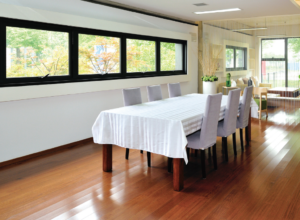

Engineered Floors
Engineered timber floors are constructed from a real timber surface, bonded to a plywood base. They consist of three layers:
- Polyurethane Surface: The same protective coating which you would find on solid timber flooring.
- Real Timber Veneer: The upper section of the board that is comprised of solid wood. This is also known as the ‘lamella’.
- Layered Plywood Core: The lower section of the board that serves as the bulk of the floor and provides strength and stability.
Unlike hardwood floors, engineered floorboards are not 100% real timber. However, because furniture legs are still in contact with the softness of the real wood surface of the flooring, pads are still needed to prevent the damage of table or chair legs on the floor.
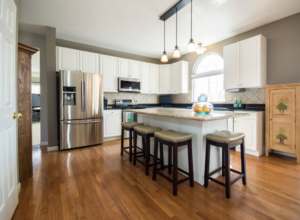

Bamboo Floors
Bamboo floors can be either solid strand-woven bamboo or engineered bamboo, except the main wood used is, of course, bamboo. However, bamboo is the hardest natural material used in floors, making it less likely to damage surfaces. The downside to using bamboo is that its density makes it severely susceptible to moisture, making it an unwise choice to apply in beachside or tropical properties with higher humidity.
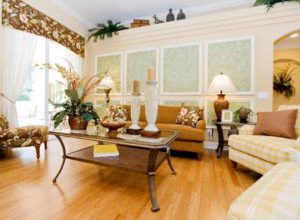

Habits to Protect Floors from Furniture
We can all be guilty of bad habits that can scratch our floors. It’s important to make sure we do our best to tend to the vulnerabilities of our floors to the best of our abilities to avoid having to repair our floors.
For Moving In & Out
Careless transport of furniture can have a negative effect on the floor of a room. It is important to use carts and trolleys with soft wheels to move furniture around a site to achieve the lowest number of accidental scratches. It may be beneficial to search for a professional moving service to ensure the best transport of furniture. They can deal with even the most awkward shape and size of any furniture in store. The benefits of such outsourcing will be felt in skillful strategies that protect your floors and preserve the price and value of the property.
For Daily Habits
We have all experienced the hungry rush onto the dining table as we carelessly slide the chair to enter the feast. Such recklessness can cause a range of damage to both the furniture and floor. It is important to do your best to carefully move things around to protect the floor, even if they already have furniture pads. It will be very beneficial to the property to have habits that prevent further harm from the furniture.
For Empty Properties
For investment properties or holiday houses, furniture may be left motionless for long periods of time. Although they aren’t moving, they can still leave marks on the floor because of their consistent weight on it. This happens when you have extremely heavy furniture with thin legs, such as a grand piano, on softer timber, like oak. For this reason, it is important to store most furniture in a site with scratch and indent resistant flooring and only leave the light pieces of furniture on the wood flooring. Fortunately, this can be avoided by placing stationary furniture on floor mats to protect the floor from long-term damage.
Furniture Pads
Furniture pads, also known as felt pads, are the best way to ensure that your floorboard stays free from unnecessary damage. With a simple online search, you can find the best pads that can easily be cut and stuck onto the bottom of furniture legs via an adhesive. Felt pads can be found at your local grocery or office shop. It is important to ensure that the pad is attached in a way that prevents sharp edges from making contact with the floor.
